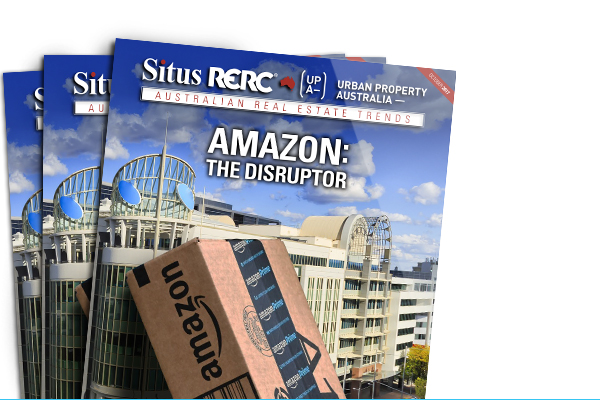Amazon’s Effect Around the World
October 31st 2017 | , Urban Property Australia
Amazon: The Tipping point of E-Commerce in the US
The New York Times reported the first online retail transaction in 1994 when a Philadelphian bought a CD over the internet. The same year, Jeff Bezos incorporated his company, which opened its virtual doors on the World Wide Web at Amazon.com in 1995. AuctionWeb, now eBay, was founded in 1995, too (see Exhibit 3).
While Amazon focused primarily on selling books when it started, the company soon expanded to housewares, electronics, toys, and many other items. Bezos always viewed his company as a technology company rather than a retailer, and to his point, Amazon has truly grown from its humble start as a book seller to a tech giant.
With the acquisition of companies such as Whole Foods Market Inc. and its market innovation, Amazon is set to define the future consumer marketplace.
The rise of Amazon as a powerhouse is the perfect example of a marriage of retail and industrial industries, technology and logistics.
How Big is E-commerce in the US?
According to the Federal Reserve Bank of St. Louis, e-commerce retail sales averaged about 8.1 percent of total US sales in 2016, compared to about 0.9 percent in 2000.
Likewise, the National Retail Federation (NRF) predicts that non-store/online will grow 8-12 percent in 2017, about three times faster than the growth rate of the overall retail sector.
E-commerce and players such as Amazon will be crucial to the future growth of retail. While in-person sales are still important, capitalizing on e-commerce and finding creative shopping experiences will be increasingly important as well.
For example, Nordstrom recently announced that it will roll out smaller stores with no merchandise, instead providing services such as manicures and on-site tailoring. And, traditional e-retailers, like Warby Parker and Rent the Runway, have started opening “showrooms” that allow consumers to try on products without large inventory.
The rise in e-commerce fueled by players such as Amazon also means an upsurge in the demand for industrial assets and a dwindling demand for retail space.
At the year-end 2016, Amazon alone leased more than 97 million square feet and owned more than 2 million square feet of industrial space, such as fulfilment and data centres, in North America (US, Mexico, and Canada).
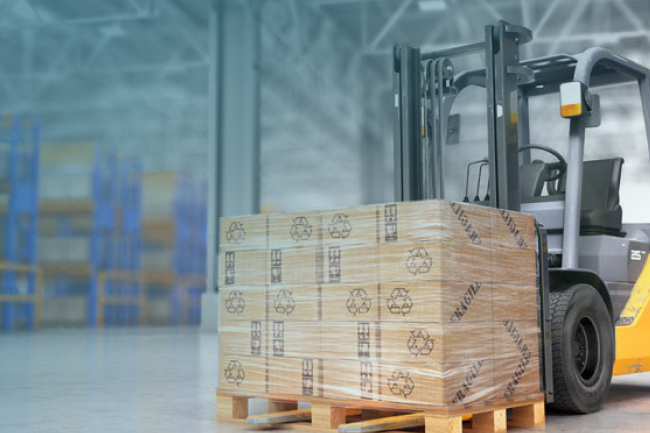
Amazon Changes the Industrial and Retail Landscape
The industrial sector is benefiting from the exponential growth in e-commerce and “last mile” delivery. The growing demand and limited supply for space in cities will support rent growth and, hence, investors’ interest in the sector.
Most of the warehouses and distribution centres are near large population centres, such as Atlanta, Chicago, Northern New Jersey and Houston. However, with companies like Amazon promising same-day deliveries, the demand for smaller fulfilment centres in urban locations will increase.
A CBRE report suggests that e-commerce requires three times as much space as other warehouse uses because of the way inventories are placed and dispatched. Hence, industrial assets will remain in high demand as e-commerce gains a larger foothold.
According to CBRE, the demand for industrial properties in the US continued to increase in 2017, with the second quarter 2017 vacancy rate down 40 basis points year over year.
The vacancy rate for the warehouse subsector was down 43 basis points for the same time period. The net asking rent for the sector climbed 5 percent during the same time. Likewise, Real Capital Analytics (RCA) reported that the average sales price for the industrial properties increased more than 6 percent year-over-year during second quarter 2017.
On the flip side, the growth in e-commerce is hampering the retail sector. Our respondents believed that retail held the least return compared to the associated risk and lower value compared to price.
However, the retail sector is adapting to evolving consumer needs by adding “shoppertainment,” matching online pricing for goods and offering technology-enhanced options such as Apple Pay and interactive shopping.
Comparatively, the average sales prices for the retail properties declined 1.3 percent and the net asking rent declined 5 percent during the same time. The availability rate for retail declined 6.5 percent year over year during second quarter 2017. This could be a result of converting retail spaces into mixed-use spaces or the competition to occupy the best spaces available.
Investors should be particularly cautious about the retail sector as the industry continues to evolve in order to compete in a digital world.
As the sector shakes off the oversupply of retail space, it will be crucial for investors to consider property-level factors such as location, infrastructure and tenant improvement costs to determine where to find the best opportunities.
However, respondents indicated that competition is becoming fierce, which will likely lead to overpricing in the future.
Analysis from Situs RERC supports these conclusions. Situs RERC institutional investor sentiment regarding the relative value for the price for major property types indicates that the industrial sector offers the greatest value compared to price, but also that valuation challenges are ahead for big box retail.
Despite concerns about the future of certain segments of the retail sector, investors were more optimistic about values supporting prices for the overall retail sector.
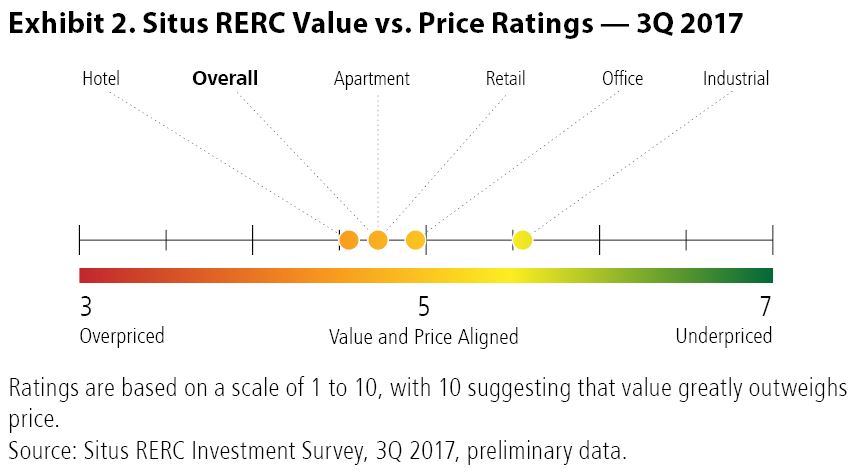

Canada: Amazon Expands in North America
The Amazon website was founded in 1994 and went online in 1995 in the US, but it didn’t arrive in Canada until 2002, as Amazon.ca, with no employees or offices in Canada (see Exhibit 3).
At the time, it still functioned primarily as a book seller, and Amazon.com founder and CEO Jeff Bezos promised that his company would not violate any law designed to protect Canadian businesses, even though many remained skeptical.
Amazon didn’t receive official approval to operate its own distribution centre in Canada until 2010. Until then, cultural protection rules required Amazon to use a subsidiary of Canada Post to ship goods to Canada.
In 2013, Amazon Prime came to Canada, with a much smaller selection of items than offered in the US because the program was only for products offered on Amazon.ca.

Canadian E-commerce: New Trends
According to eMarketer, Canada has historically trailed the US and the UK in total online sales growth, but is forecast to grow to 10 percent of total retail sales by 2020. The main reason for this increase is an expansion in the number and quality of online offerings.
In light of the e-commerce revolution, according to a 2015 study by Deloitte commissioned by the Retail Council of Canada, many brands are no longer relying on retailers to supply their products.
The brands are going directly to consumers – by selling directly online and sometimes by opening their own retail stores. They’re also working with retailers to create new partnerships for inventory.
Commercial Real Estate in Canada – Bigger is Not Better for Retail
Commercial real estate continues to thrive in Canada, spurred especially by demand for property in Toronto and Vancouver, which will make up almost two-thirds of the national investment volume. In the Greater Toronto Area, robust growth is expected in office, industrial and land sectors with an annual total of $12.6 billion, 3.2 percent higher than in 2016.
Canadian bond yields are predicted to stay at historical lows and maintain the current spread with cap rates. Foreign capital is expected to continue flowing into Canadian markets because of the perceived lack of risk, which should protect against any sudden drop in asset pricing.
The continuing rise in e-commerce will make the distribution and logistics industry more attractive and retailers will partner with third-party logistics providers more than ever or retrofit their space to use for online order fulfilment centres.
CBRE Marketview reported record-low availability of industrial space in Canada in Q2 2017, and this continued to put upward pressure on rents for industrial spaces.
Vancouver and Toronto will lead the way in the industrial sector, spurred by limited space and robust demand, leading to ever-increasing sale prices and rental rates. Industrial office space under construction has hit a seven-year low in Canada, which will lead to record-low availability rates in 2017 even as tenant demand for Class A inventory keeps rising. This will encourage many to renew their existing space and put upward pressure on rental rates.
According to MPWVL International, Canada has six Amazon fulfilment centres – two in British Columbia (near Vancouver, Canada’s third-largest city) and four near Toronto (by far Toronto’s largest city) – with no future facilities planned.
The six centres total about 3 million square feet. Toronto and Vancouver are more than 4,000 kilometres apart on opposite sides of the country. In contrast, the United States has 105 fulfilment centres and 36 more planned throughout the country, along with 153 various other types of facilities and 23 additional planned.
According to CBRE, Canadian retailers are putting more emphasis on location and smaller, more efficient footprints. They are cautious about expanding, and the highest quality centres and largest markets will dominate.
Canadians can expect more mixed-use urban developments with local artisanal shops, restaurants and other amenities intended to create engaging destinations. As e-commerce keeps growing, retailers will increase their focus on reverse supply chain logistics for returning items to stores or warehouses.
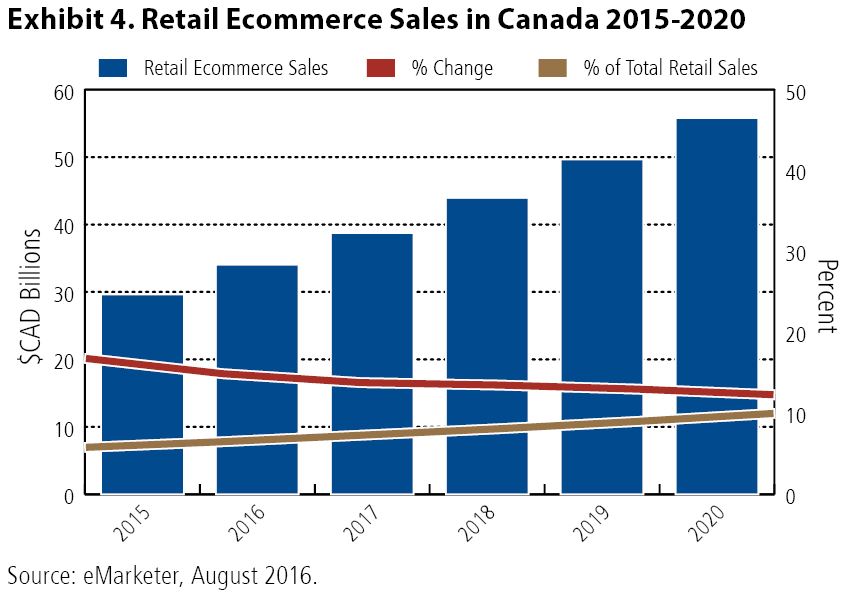
Amazon Makes Intercontinental Move into Europe
Amazon.com opened its first fulfilment centre in the UK in 1998 and has been increasing its operations throughout Europe since (see Exhibits 6 and 13). It plans to have 16 centres in the UK by the end of the year and to open another one next year, in Bristol south west England, and hire 1,000 workers there.
From 2010 to 2016, Amazon invested about 850 million British pounds in the UK, according to accounts from its UK subsidiaries, with increased use of robot technology.
In June 2016, Amazon launched its full online supermarket service for Amazon Prime customers in central and east London, with plans to expand the service in the near future. The service offers a full week’s worth of groceries delivered the same day as they are ordered.
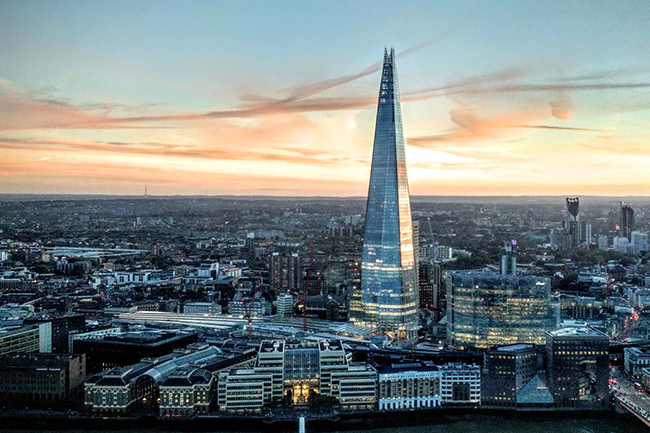
Here’s a list of other countries with Amazon fulfilment centres listed in chronological order of when they first opened:
- Germany: 1999; now has 17 opened or planned.
- France: 2007; now has seven and has one planned to open in September 2017.
- Italy: 2007; one opened in Q3 2017 and another planned to open in autumn 2017.
- Spain: 2012; now has six with another planned for 2018.
- Czech Republic: 2013; added second in 2015.
- Poland: Opened three in October 2014; added one in August 2017 and another one planned in 2018.
- Slovakia: Q3 2017.
BNP Paribas reports that late in 2016, Amazon opened its first permanent kiosk in a shopping centre in Germany and planned to establish others in France in 2017.
Germany and the UK trail only the US in terms of net sales for Amazon (see Exhibit 5). According to Morgan Stanley, Amazon is currently the top retailer of non-food goods in Germany and the UK, representing 40 percent of online sales in Germany and 27 percent share in the UK. Expansion of Amazon and other e-commerce firms will likely continue.
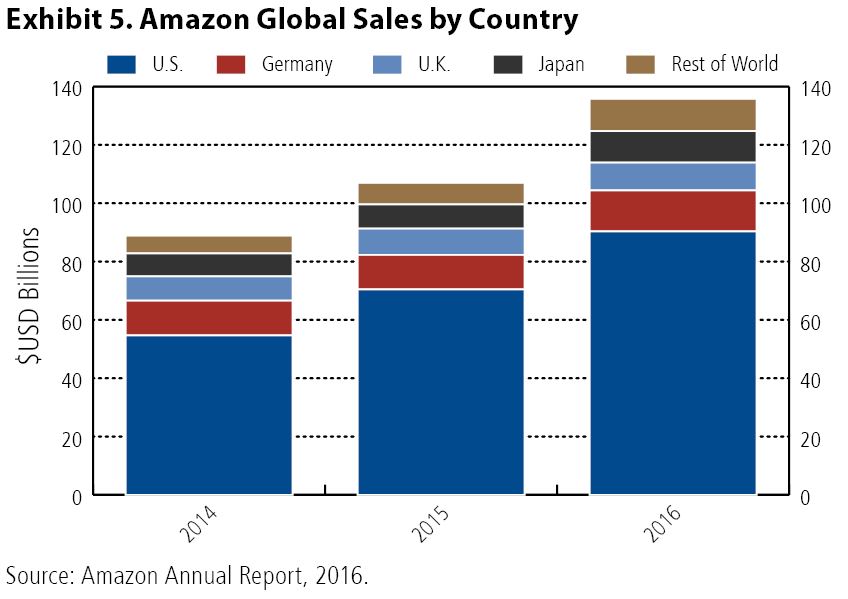
UK Takes the E-Commerce Cake in Europe
Research from Statista indicates that the UK has the highest amount of online sales (as a percent of total retail sales) than any other European country, Canada or the US. Online retail sales in the UK are expected to grow to 17.8 percent of total retail sales in 2017, or 67.38 billion British pounds.
Amazon’s Commercial Real Estate Impact
Despite the differences among the various EU economies, CRE remains attractive almost everywhere in Europe. According to Savills, the majority of European countries had transaction volumes above long-term averages; only Ireland, France and the UK saw declines compared to the five-year average.
Lack of supply as opposed to lack of demand was cited as the main cause of the decrease.
Prologis and JLL report that industrial demand was at record-high levels in the first half of 2017, primarily due to the e-commerce trend. Prologis reports that Amazon will add no less than 1.2 million square metres of industrial space this year, primarily in the UK, Germany and Poland. Rental growth increased in the first half of 2017 and vacancy rates remain below 5 percent, according to Colliers.

Situs RERC finds that the European industrial/logistics sector has the most favourable investment conditions among all the major property sector.
Investors should be cautious, though; value-add expertise is critical to achieving attractive yields.
All European regions had greater return compared to risk for the industrial/logistics sector, with the highest rating in the UK; the sector is considered a safe investment option. Germany was the only region where value did not support price for the industrial/logistics sector. Industrial volume in Germany topped that in the UK in the first half of 2017, becoming the largest market for the sector, according to BNP Paribas. Fierce competition in Germany for industrial space has led to overpricing in the sector.
Until now, European retailers haven’t been as hit hard by the spread of Amazon as their counterparts in the US.
That’s because European retailers aren’t facing the same glut of stores as is the case in the US. Cushman and Wakefield report that the US has almost 10 times the amount of retail square feet per 1,000 people than the UK. Nonetheless, investors in recent months have shown increasing concerns about the value of retailers based in Europe, based on falling stock prices.
The retail sector has been mixed in Europe with some countries and regions faring better than others.
Based on European survey data, Situs RERC finds that investment conditions for the retail sector is booming in Germany, but struggling in the UK.
There is high demand in Germany for small malls with only four or five tenants with good parking that feature supermarkets or drugstores as anchors. However, due to e-commerce, secondary, non-food-led malls and shopping centres will struggle.
Survey respondents note that Europe is not as Amazon-proof as people think.
This is reflected in Situs RERC’s return vs. risk and value vs. price ratings. All European regions had greater risk compared to return for the retail sector, but the highest rating was in Germany. The retail sector received low value vs. price ratings from all European regions except the Mediterranean countries, where the rating tied with land/development as the third-best asset class from a value vs. price perspective.
According to Cushman and Wakefield, approximately 2.9 million square metres of new shopping centre space was delivered to the European market in the second half of 2016. France, Germany and the UK are the largest shopping centre markets, accounting for 47 percent of shopping centre space in Western Europe.
However, Cushman and Wakefield report that shopping centre completions were 6 percent lower in 2016 than 2015 and are expected to further decline in 2017 and 2018.
Not all spaces are created equal. Future development is expected to favor prime properties in economically favorable markets or where value-add opportunities exist. Similar to the US market, mixed-use retail that focuses on providing shoppers with experiences are the best options for investment.
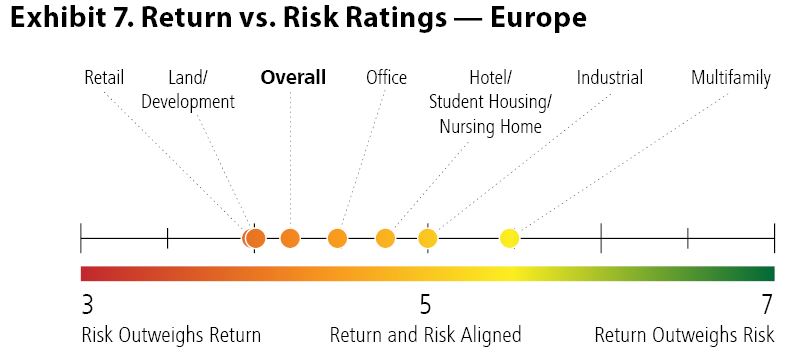
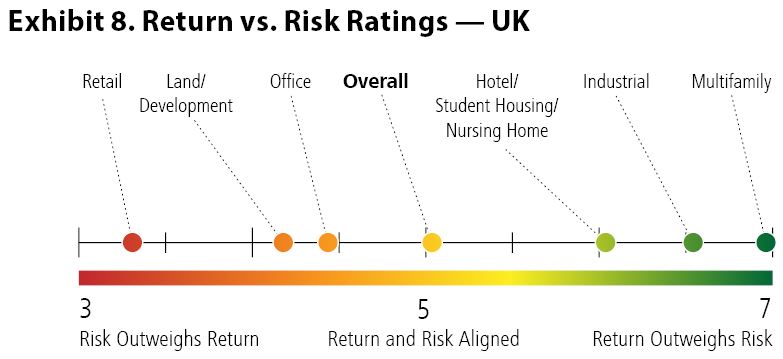
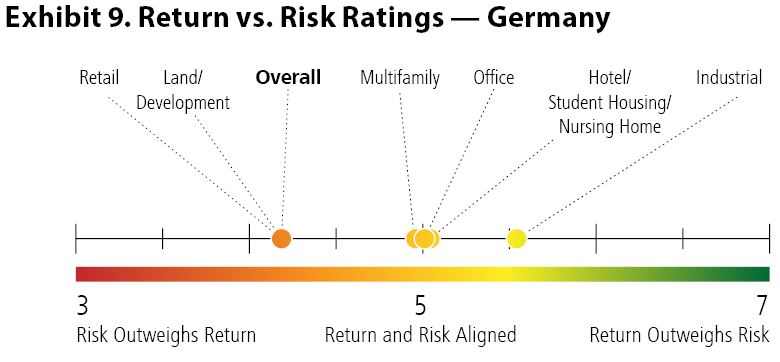
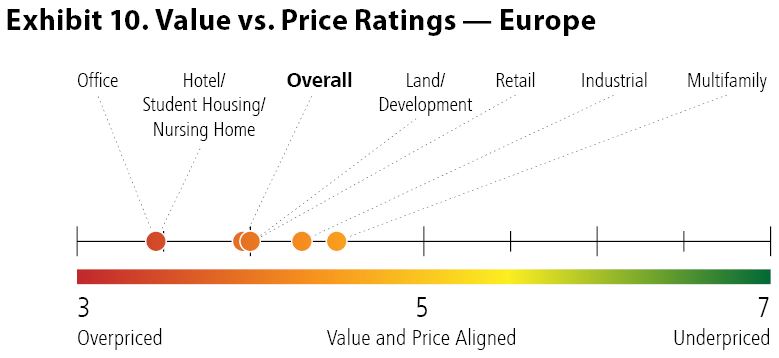
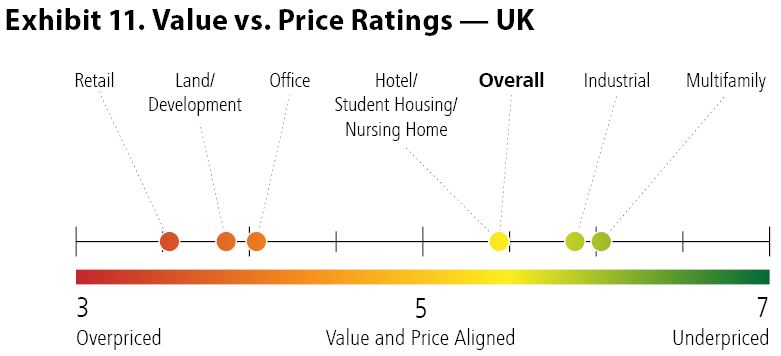
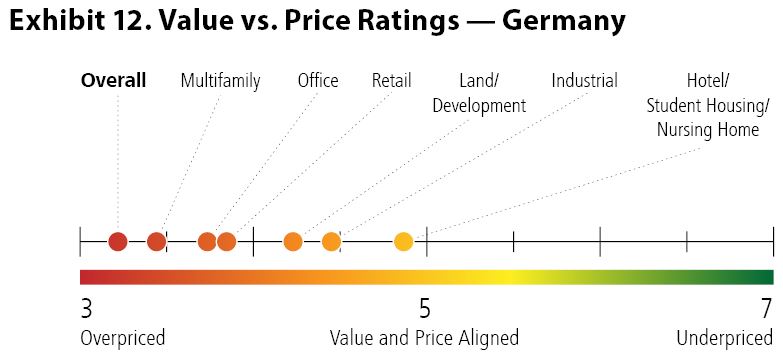

Amazon’s Effect on Australia: Lessons Learned from other Markets
Canada is the second-largest country in the world by land mass, and Australia is sixth, yet Canada is only the 38th-most populous country (about 36.6 million) and Australia is No. 53 (about 24.7 million).
In population density, Canada ranks 232nd among countries and territories with about 4 people per square kilometre, while Australia is No. 233 with 3 people per square km.
In both countries, the vast majority live in a handful of densely populated urban areas. Canada is ranked No. 17 in GDP per capita and Australia is No. 9, according to staticstimes.com. Canada’s GDP is forecast to grow 2.1 percent in 2017 and 2018, per CBRE. The Reserve Bank of Australia (RBA) sees Australia’s economy growing between 2.0 percent and 3.0 percent in 2017 and between 2.5 percent and 3.5 percent in 2018.

In comparison, the United States’ population is more than 10 times that of either Canada or Australia, but it similarly has vast swaths of open land and densely populated cities, including New York City (about 10,000 people per square kilometre), San Francisco, Boston, Chicago and Philadelphia. It ranks No. 185 worldwide in population density with about 33 people per square km. Superficially, Europe as a whole and as individual countries is a very different market from Australia.
Europe’s population density is 73 people per square km. But Australia’s cities are densely populated, almost comparable to cities in Europe, though farther apart. For example, Melbourne’s population density is 440 per square km., and Sydney’s is 2,037. London’s is 5,285 and Paris’ is over 21,000. Canada’s most densely populated cities are Toronto (about 954 per square km.), Montreal (about 898) and Vancouver (about 803).
Nonetheless, Amazon’s biggest challenge in Australia will be logistics. The cost of shipping between its largest cities areas is likely to challenge Amazon’s delivery model as well as raise costs, especially with oil prices rising again.
Failure to offer quick deliveries may leave it more prone to competition from physical retail chains offering low-priced goods.
